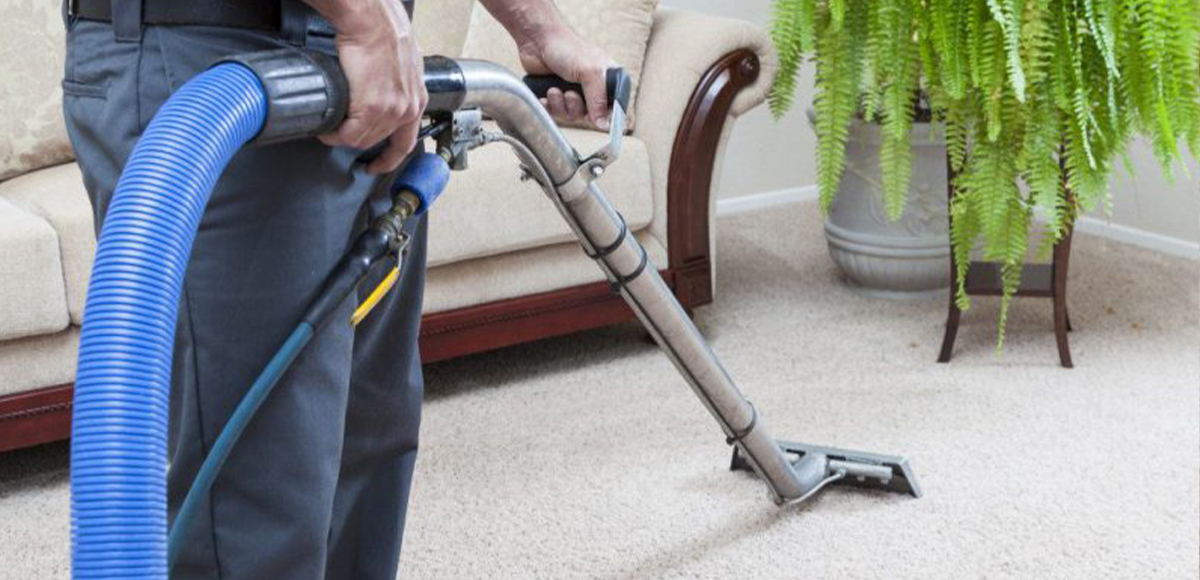
Quick Guide to Carpet Components
In the exciting world of carpet manufacturing, most of us probably don’t really give it a second thought – until we need to have our carpet repaired or replaced. Let’s face it, carpet manufacturing is on par with school visits to the box factory, but it’s nevertheless important to know what a household or office carpet consists of to ensure that our living and working spaces have safe, durable carpets that are built to last.
Pile
The upper layer of the carpet is referred to as the pile. Traditionally, piling was predominantly wool, but synthetic fibres are now perhaps the most commonplace as they are far more cost-efficient than wool. The pile itself consists of twisted tufts of fibre and yarn and it can be woven or tufted using many different industrial methods to achieve various styles, softness, durability, and aesthetic effects.
Fibres and Yarns
The individual fibres and yarns that go into most carpets make up the pile, but the choice of fibre plays a large role in the carpet’s appearance, texture, and its durability. Most carpets used to be hand-woven from wool, but today most are made with nylon and polypropylene. These synthetic materials exhibit excellent durability and flexibility since they can be dyed or treated in various ways that simply aren’t possible with natural materials.
On the other hand, nylon fibres suffer from stains quite easily, which is a pretty important downside if you’re having a glass of wine, for example. Polyester and acrylic are also used, although not to the extent of nylon and polypropylene. Wool and wool blends are also an excellent, durable choice, but they tend to cost more upfront. Due to its cost, wool tends to be a little more difficult to find on the market.
Backing
Every commercial and residential carpet sits atop what is referred to as backing. The pile is attached to the backing with a strong adhesive in order to hold the carpet in place. Some carpets use a method called ‘tufting,’ whereby the tufts of piling are injected into a primary backing and adhesives are used to connect it with a secondary backing.
Most backings are made of one of three predominant materials: synthetic latex, polyurethanes, or thermoplastics (including PVC). Each of these materials has its pros and cons, but nearly all carpets can have their backings wear out and can be replaced with the assistance of a professional carpet installer, thus preserving the original piling.
Underlay
The bottom of most carpets consists of a cushioned underlay, often referred to as a pad, using gripper rods (sometimes called tack strips), adhesives, or nails. Natural padding materials are becoming increasingly common in Australian homes due to the environmental effects of carpet waste and for their production being mostly (or ideally, completely) solvent-free and without volatile organic compounds (VOCs).
The underlay is secured to the subfloor directly, thus giving it grip and securing it from wall-to-wall. This differentiates carpets from rugs, which sit loosely atop a floor without being secured or fixed to the subfloor.
Floodcare
No matter which type of carpet you prefer for your home, make sure it isn’t a wet, flooded carpet. The friendly folk at Floodcare specialise in water damage remediation for carpets and can provide cost-effective solutions to leave your home safe and comfortable.
 Skip to content
Skip to content

